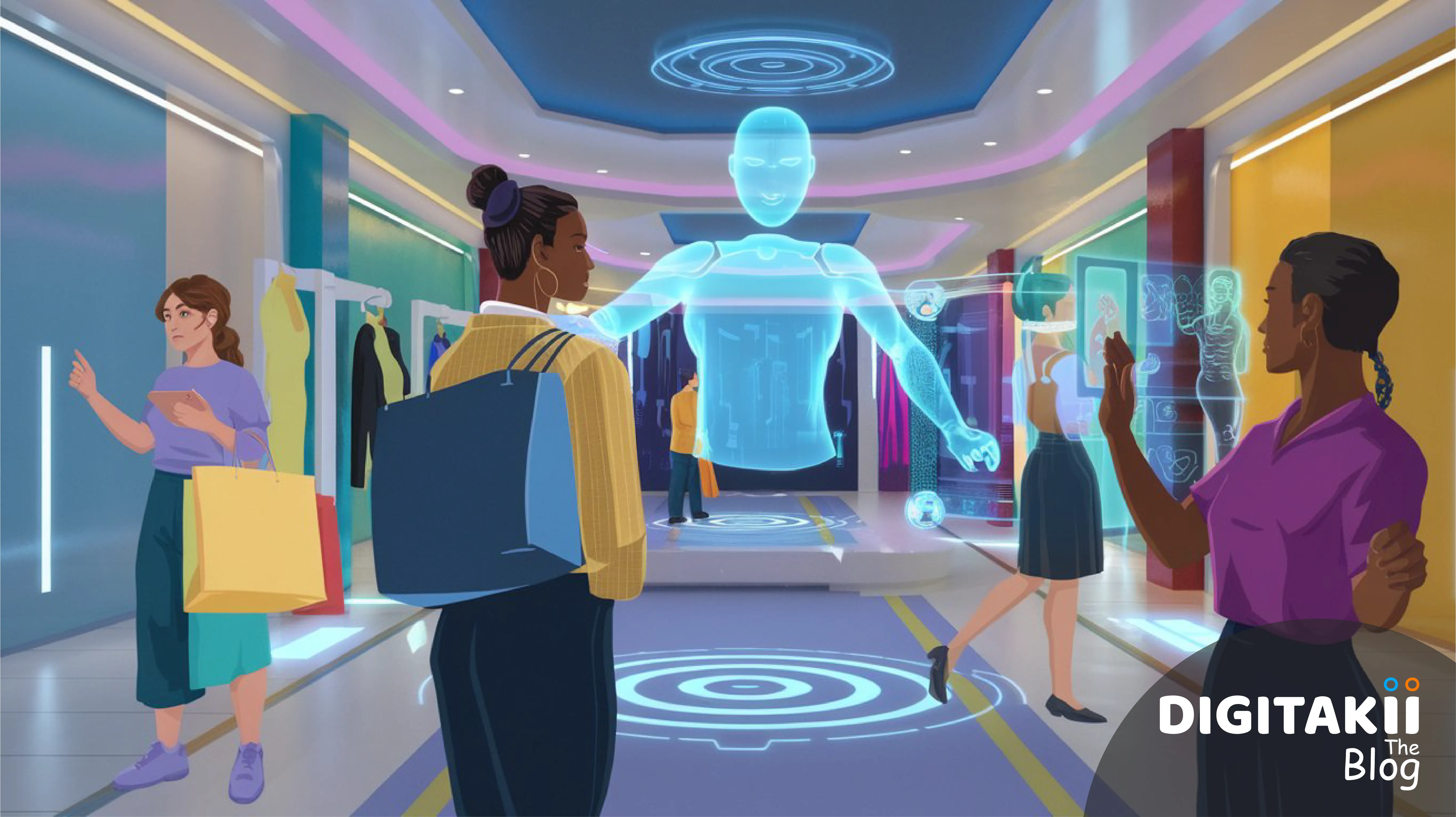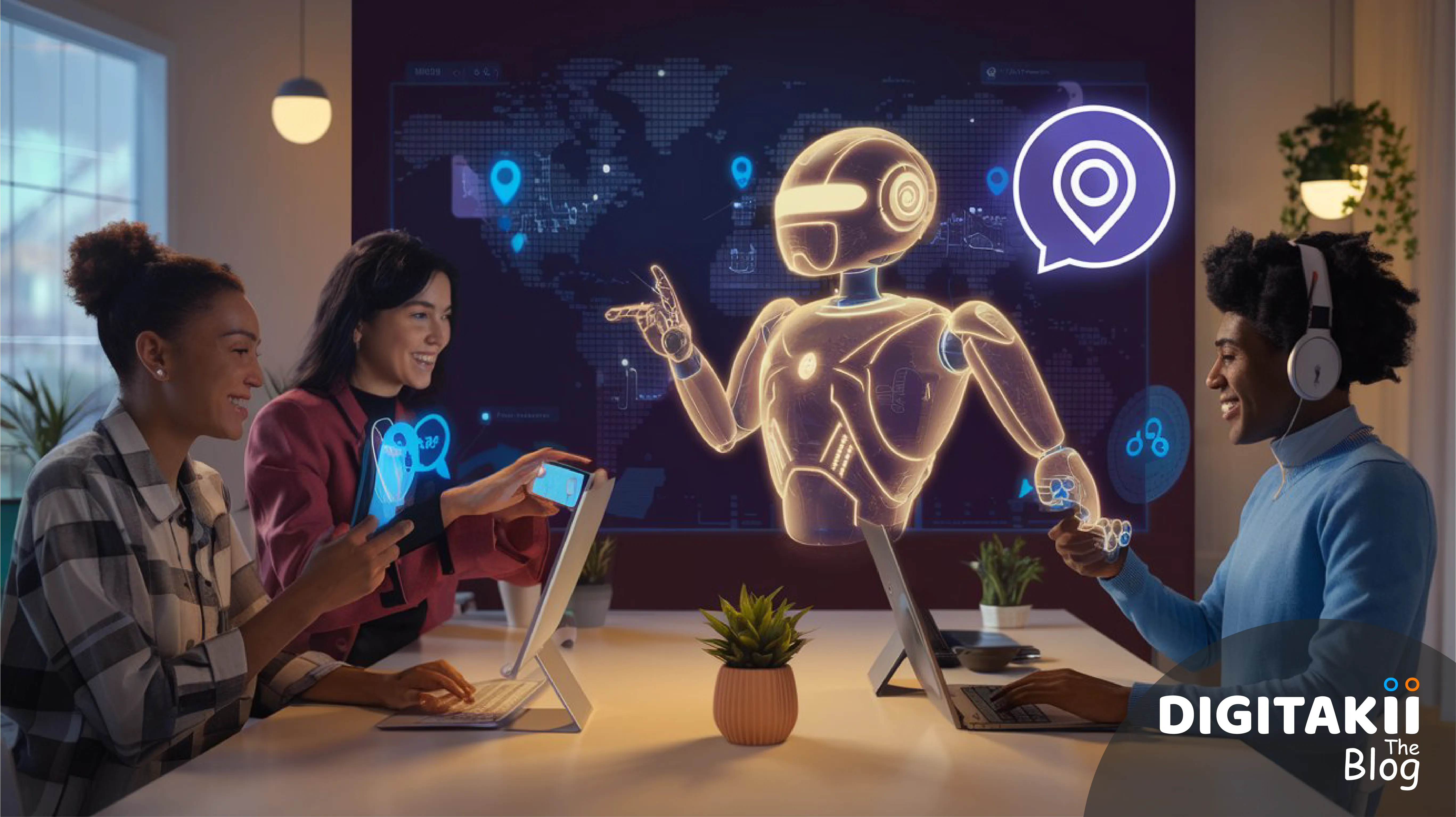In 2024, AI-driven personalization has emerged as a game-changer for businesses striving to strengthen customer connections. By blending advanced data analytics, machine learning, and human insights, companies are crafting unique experiences tailored to individual preferences. With the rise of tools and platforms designed to deliver hyper-relevant interactions, businesses can now foster deeper loyalty and trust.
In this article, I’ll share why AI-driven personalization is no longer optional and how it’s redefining customer relationships. Drawing from real-world examples, we’ll explore practical strategies, benefits, and potential pitfalls to avoid.
What is AI-Driven Personalization?
AI-driven personalization involves using artificial intelligence to tailor products, services, and experiences to meet individual customer needs. Unlike traditional methods, AI analyzes large volumes of data, including browsing history, purchase behavior, and even real-time interactions, to predict what a customer might want.
Why is it Essential in 2024?
- Rising Customer Expectations
Customers expect brands to “know them” and offer personalized recommendations. - Competition
Companies leveraging AI stand out in crowded markets. - Efficiency
Automating personalization saves time while delivering more effective outcomes.
For instance, platforms like Netflix and Spotify thrive by offering precisely tailored recommendations, creating an irreplaceable bond with users.
Key Technologies Powering AI-Driven Personalization
- Machine Learning (ML):
ML algorithms process massive datasets to identify patterns and predict future behavior.- Example: Amazon’s product recommendations.
- Natural Language Processing (NLP):
NLP helps AI understand and respond to customer queries in a human-like way.- Example: Chatbots like ChatGPT improving customer service.
- Customer Data Platforms (CDPs):
CDPs unify customer data across touchpoints to enable real-time personalization.- Example: Salesforce for targeted campaigns.
- Predictive Analytics:
This technology forecasts trends based on historical data, ensuring businesses stay ahead.- Example: Predicting when customers are likely to repurchase.
How AI-Driven Personalization Strengthens Customer Connections
1. Enhances User Experience
AI ensures each customer interaction feels relevant and valuable. By analyzing behavior, companies can tailor their offerings, making customers feel understood and appreciated.
Examples in Action:
- Retail: AI curates shopping experiences with personalized product suggestions.
- Healthcare: Tailored health tips based on personal medical history.
2. Builds Emotional Loyalty
When brands show they “get” their customers, trust grows. Personalization adds a human touch to digital interactions, fostering emotional connections.
Case Study: Starbucks Rewards
Starbucks uses AI to suggest personalized drink recommendations and rewards. This approach has significantly boosted user engagement.
3. Boosts Conversion Rates
Personalized marketing campaigns lead to higher click-through and conversion rates. AI ensures the right message reaches the right person at the right time.
Tactics to Try:
- Use predictive analytics to target customers with time-sensitive offers.
- Implement AI chatbots to provide instant, tailored support.
Challenges Businesses Face in AI-Driven Personalization
While the benefits are undeniable, implementing AI comes with challenges.
- Data Privacy Concerns:
Consumers worry about how their data is collected and used. Building transparent policies is essential. - High Implementation Costs:
Advanced AI tools can be costly, especially for small businesses. - Integration with Legacy Systems:
Older systems may not seamlessly integrate with modern AI solutions.
Overcoming Challenges: Practical Solutions
1. Prioritize Data Security
Invest in robust cybersecurity measures and communicate openly with customers about data usage.
2. Scale Gradually
Begin with small, manageable AI projects. As ROI becomes evident, scale up operations.
3. Leverage AI as a Partner, Not a Replacement
Augment your team with AI tools rather than fully replacing human efforts. This ensures balance and maintains a personal touch.
AI-Driven Personalization Trends in 2024
- Hyper-Personalization:
Beyond demographics, AI now considers emotions and context for deeper personalization. - Voice Commerce:
Personalization extends to voice assistants like Alexa and Siri. - AR/VR Integration:
AI-powered augmented reality enhances customer shopping experiences. - Sustainability Focus:
AI helps businesses offer eco-friendly options tailored to customer values.
Actionable Tips for Businesses
1. Audit Your Customer Data
Identify gaps and opportunities to enhance your personalization efforts. Use tools like Google Analytics and CDPs to gather actionable insights.
2. Leverage Multi-Channel Personalization
Ensure your strategy covers email, social media, apps, and in-store experiences. AI enables seamless consistency across these platforms.
3. Invest in Training
Equip your team with the skills to maximize AI tools. Knowledgeable staff can better interpret AI insights and implement strategies effectively.
FAQ’s
1. What is AI-driven personalization?
It’s the use of AI technologies to tailor experiences, products, or services to individual customer preferences.
2. How does AI personalization benefit businesses?
It improves user satisfaction, builds loyalty, and drives higher conversion rates.
3. What industries benefit most from AI-driven personalization?
Retail, healthcare, entertainment, and finance are among the top beneficiaries.
4. Are there ethical concerns with AI personalization?
Yes, especially regarding data privacy and potential bias in algorithms. Transparency is key to overcoming these concerns.
5. How can small businesses adopt AI-driven personalization?
Start small with tools like chatbots and predictive analytics, gradually expanding as ROI becomes evident.
6. What’s the future of AI personalization?
Expect deeper emotional intelligence, seamless omnichannel experiences, and broader adoption of AR/VR.
Conclusion
In 2024, AI-driven personalization has become essential for businesses to thrive. By leveraging advanced technologies, companies can craft meaningful customer experiences that foster loyalty and trust. While challenges exist, the opportunities for growth and deeper connections far outweigh them.
Businesses that embrace AI-driven personalization today are not just staying competitive; they’re setting the standard for the future of customer engagement.
#AIPersonalization #CustomerEngagement #BusinessGrowth #CustomerExperience #MachineLearning #BusinessAI #Digitakii #DigitakiiTheBlog



